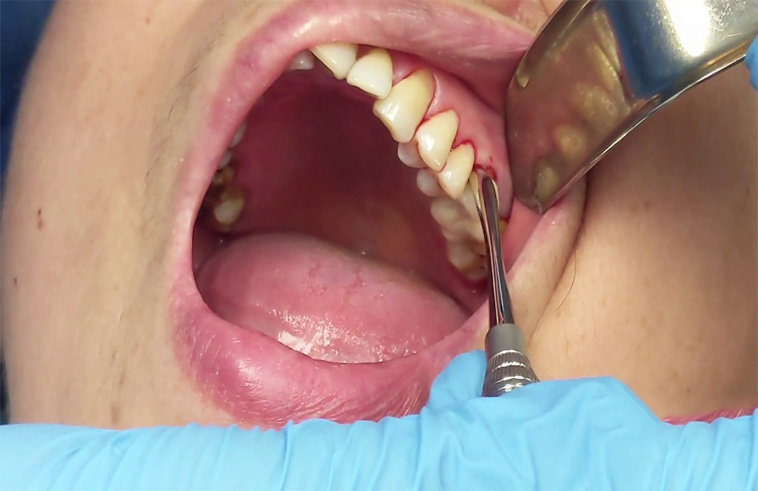Gum disease can loosen or severely damage a tooth.A tooth that is severely damaged may need to be removed. Your dentist can remove the tooth.
Before removing your tooth, your dentist will give you a local anesthetic to numb the area where the tooth will be removed.
After the tooth is removed, you may need stitches. You can gently bite down on a cotton gauze pad placed over the wound to help stop the bleeding.
Reasons for Pulling Teeth :
Although permanent teeth were meant to last a lifetime, there are a number of reasons why tooth extraction may be needed. A very common reason involves a tooth that is too badly damaged, from trauma or decay, to be repaired.
Other reasons include :
A crowded mouth. Sometimes dentists pull teeth to prepare the mouth for orthodontia. The goal of orthodontia is to properly align the teeth, which may not be possible if your teeth are too big for your mouth. Likewise, if a tooth cannot break through the gum (erupt) because there is not room in the mouth for it, your dentist may recommend pulling it.
Infection
If tooth decay or damage extends to the pulp -- the center of the tooth containing nerves and blood vessels -- bacteria in the mouth can enter the pulp, leading to infection. Often this can be corrected with root canal therapy (RCT), but if the infection is so severe that antibiotics or RCT do not cure it, extraction may be needed to prevent the spread of infection.
Risk of infection
If your immune system is compromised (for example, if you are receiving chemotherapy or are having an organ transplant), even the risk of infection in a particular tooth may be reason enough to pull the tooth.
Periodontal (Gum) Disease
If periodontal disease -- an infection of the tissues and bones that surround and support the teeth -- have caused loosening of the teeth, it may be necessary to the pull the tooth or teeth.
What are Wisdom Teeth ?
Wisdom teeth are another name of third molars found in the permanent dentition. These teeth are the last or most posterior teeth in the dental arch. Although most people have wisdom teeth, it is possible for some or all of the third molars to never develop. It is also possible for a person to have more than four wisdom teeth. In many individuals, the wisdom teeth aren't visible because they have become impacted (not normally erupted through the gums) under the gingival tissue. When a wisdom tooth erupts cleanly through the tissue without compromising the adjacent tooth, the wisdom tooth can be retained in the mouth with little concern as long as the person is able to brush, floss, and clean it thoroughly. However, removal of the wisdom tooth is indicated if the tooth has partially erupted through the gingival tissue, causing inflammation and/or infection Not all wisdom teeth need to be extracted.
Procedure
Local anesthesia is administered to ensure the tooth can be pulled out without any discomfort. A minor surgery is then performed where the tissue and bone around the wisdom tooth are removed so that the tooth can be cleanly extracted from the socket. Several stitches may be needed to close the surgical site and promote healing of the overlying tissue. The initial recovery and healing from wisdom tooth extraction usually occurs over about three to five days. It is normal to have slight bleeding (oozing) from the site considering the surgical procedure performed. The minor bleeding (oozing) after extraction should start to ease after the first 24 hours.



